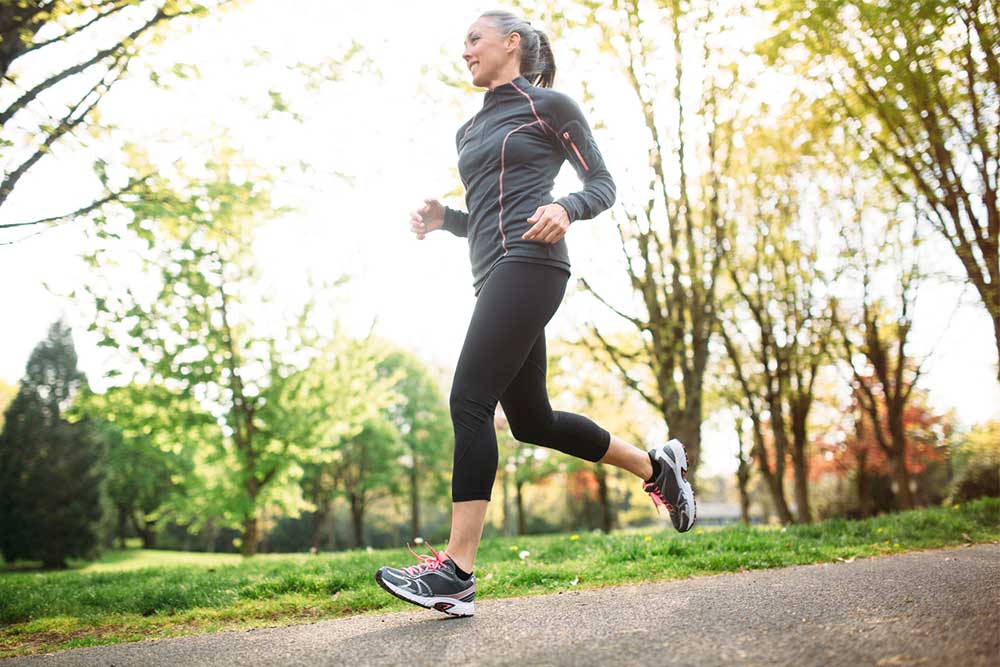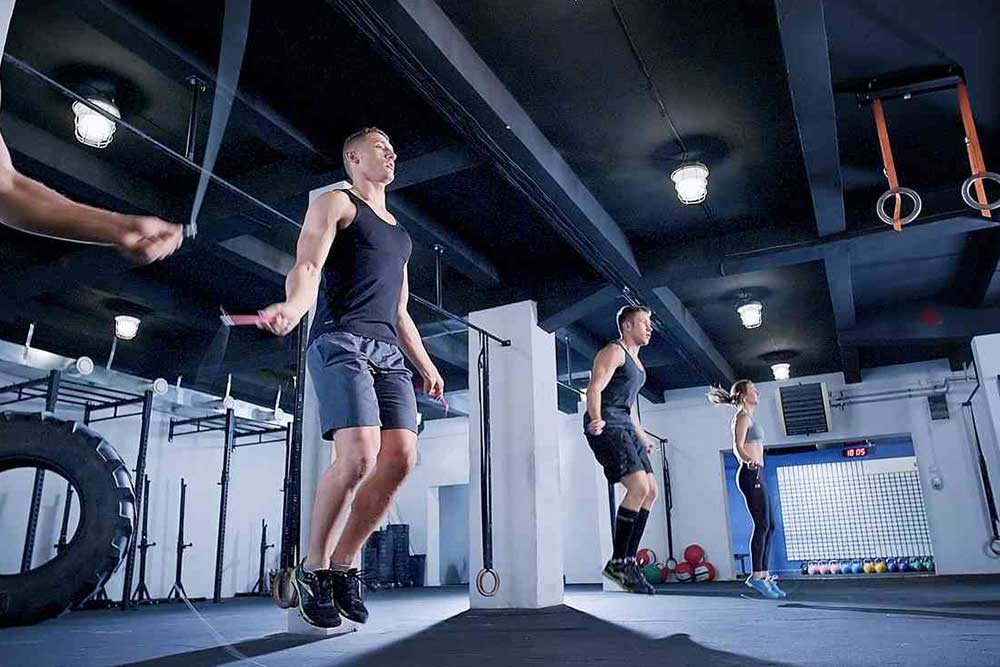Quick Facts For A Healthier You

Evan Stevens
Each day between the morning and afternoon sessions of the conference there was a two hour period of mini presentations. These were short, two-minute talks given by people who just wanted to present their research (they were not necessarily invited speakers). These rapid-fire talks came fast. Some were familiar as they had been presented through the conference, but I tried to get as many nuggets from them as I could. I’ve written the more interesting points from the talks down in point form for you below:
- Exercise can be used to prevent mild cognitive impairment (MCI). This is because it promotes blood flow, increases white matter integrity (brain matter), and decreases the amount of amyloid-beta (which causes amyloid plaques that cause Alzheimer’s Disease) in the cerebrospinal fluid.
- Alzheimer’s Disease patients have a much higher cost of exercise (mitochondria deficit) and have much lower rates of oxygen consumption. Six months of exercise training can improve vascular health and reduce the cost of walking and improve mitochondrial functioning in Alzheimer’s patients.
- Dynamic treadmill training (walking on a treadmill that is moving up/down or rolling side to side as the belt moves) greatly reduces the gait sway of people who suffer from Parkinson’s disease. While it does not seem to improve static motor control, it seems to improve dynamic muscle control (standing vs walking).
 Subjecting humans to a water maze similar what researchers subject rodents to (a special learning task) can significantly improve cognitive test scores. As well, humans and rodents search for the in-water platform in much the same way, going directly for where platform last was and fanning out from there.
Subjecting humans to a water maze similar what researchers subject rodents to (a special learning task) can significantly improve cognitive test scores. As well, humans and rodents search for the in-water platform in much the same way, going directly for where platform last was and fanning out from there.- In elder care, the more the seniors are subjected to different sensory profiles, the better the long-term outlook is for the quality of life and health. This means more exercise, more communication, longer duration of activities and greater intensity of activities.
- Yoga significantly improves the autonomic nervous system in people 60 and over. We are not consciously in control of this system. Thus, the more it is done, the better the control (measured through incontinence events).
- Older patients who do resistance training improved their redox status. This is similar to antioxidants, which removes harmful, cancer causing substrates in the body. Furthermore, they experienced improved function of these redox reactions that can create the harmful substrates.
- Overdoing it on antioxidants can lead to poor reaction to oxidative stress. This happens especially in response to exercise. Thus, you need some oxidative stress to kick-start the benefits you get when you exercise.
- High load/HIIT seems to decrease the chance of muscle atrophy and disuse issues (frailty) greater than any other forms of exercise.
- HIIT makes exercise more tolerable to get into hypoxic states. When your body is deprived of oxygen it’s working hard.
- Training just arms or legs, or one arm and one leg can increase the oxygen capacity to work in whole body/cross limbs. This is why it is important to keep exercising when you are injured or have a broken limb.
You Might Like:
















